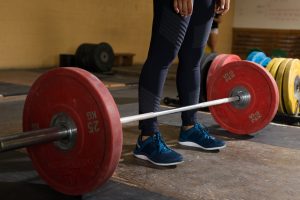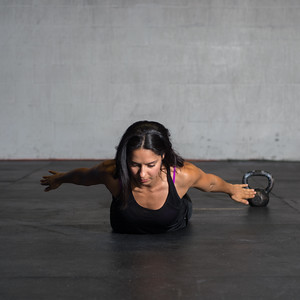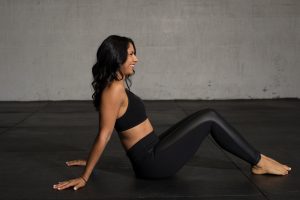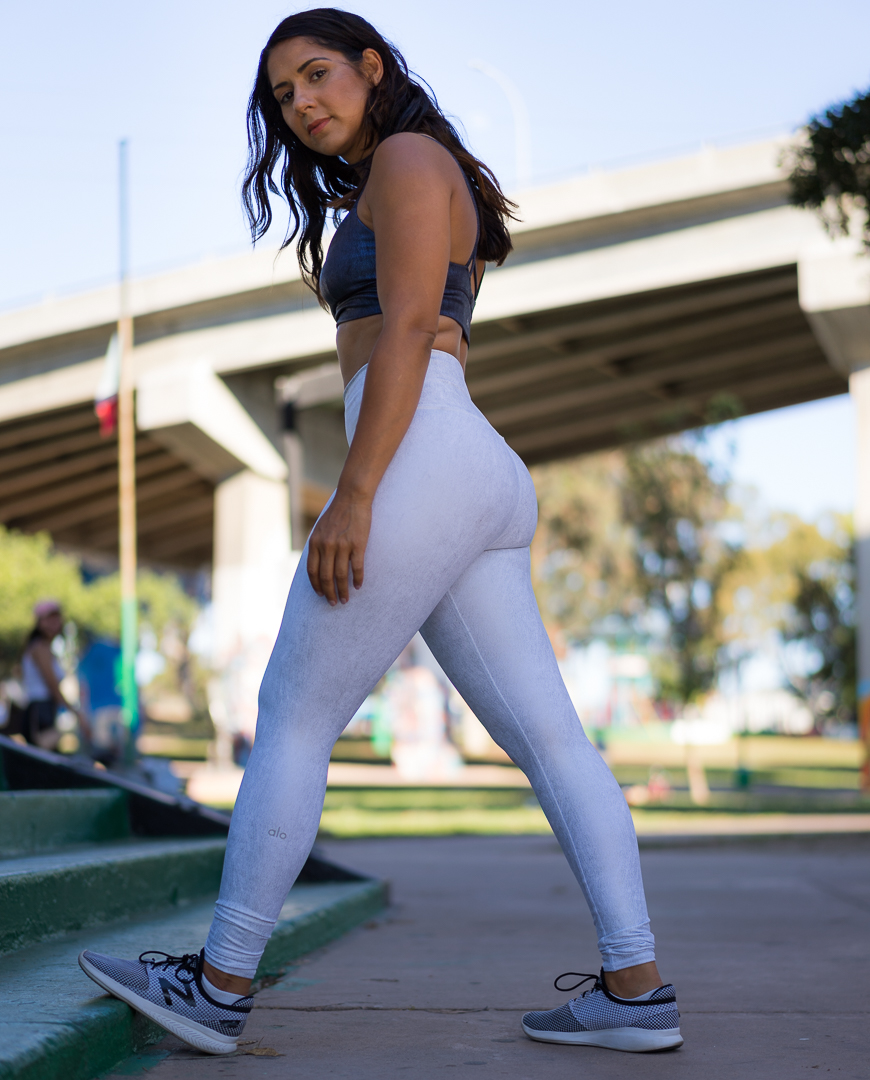The lifecycle of a very active person after the age 25 seems to go as follows:
- Marathons
- CrossFit
- Olympic Weightlifting
- Powerlifting
- Bodybuilding
- General training for fun and new hobbies
Feel free to move one of these up or down; it doesn’t matter. Our interests evolve, as does our training. By the time you get to your 40s, you may find yourself in a different phase of fitness – Ironmans? Surfing around the world? Jiu-jitsu? Take your pick!
 At 34, I feel like my body can handle a lot more than what I could even five years ago. I can handle some curveballs and jump into a different activity (like rock climbing or surfing) with a decent amount of ease, even if I’m not proficient in that activity. That’s one of the many benefits of building strength after so many years.
At 34, I feel like my body can handle a lot more than what I could even five years ago. I can handle some curveballs and jump into a different activity (like rock climbing or surfing) with a decent amount of ease, even if I’m not proficient in that activity. That’s one of the many benefits of building strength after so many years.
The key then, is for you to build up your resilience now for daily functional movement and future athletic pursuits. After working with tons of people over the last few years varying in age from youth athletes to senior citizens, I feel strongly that these five core training elements will play a big role in building your resilience over time.
5 Ways To Remain Durable and Resilient As You Age
1. Train movement first, strength second
If you look at any exercise modality, be it gymnastics, powerlifting, weightlifting, or running there are movement fundamentals specific to that modality that gets drilled down again and again.
Running mechanics is very different than squat mechanics. Holding a handstand is very different than performing a clean and jerk. This concept appears obvious, but it amazes me that so many people feel as though they can simply jump into a different modality than they normally train in without giving any thought or time into training movement first.
Solidify your movement patterns first, and then do it again and again and again no matter how good or strong you get at that. Don’t skip ahead of the line just because you’re fit. Train the movement, get insanely good at it, then start adding strength to it.
2. Spend quality time on mobility and flexibility
When I was younger, I used to hate when adults would comment on my impeccable flexibility, “Oh, I used to be like that when I was your age. You just wait until you’re older. You won’t be able to do that anymore.”

While I understand the sentiment (getting older does make it harder to remain flexible), it doesn’t change the fact that we all have 100% control over our bodies. Putting in a few extra minutes of foam rolling, stretching, and mobility work into your life is not cumbersome. It’s necessary to your vitality and your performance.
Quit pretending that one-day a week of yoga is all the flexibility work you need. Unless you’re in your 20s, you need more than that. I often add a Pilates-based exercise in my clients’ programming for this exact reason. It’s the little things that compound over time.
3. Train less but train smart
I think anyone obsessed with fitness probably went through a phase of “all out” in their training: Working out every day, several hours a day, heavy all the time, or just hardcore, non-stop intensity.
That type of stuff is for young and naive trainees who have time and youth on their side. But longevity and durability doesn’t come from working out obsessively every day. It’s from training less, albeit smarter and more strategically than ever before.
It’s amazing what my body can do now that I only lift 3-4x a week versus when I was at the gym every single day. I have less injuries now and far more energy than in my 20s because my body actually has adequate time to recover and build lean muscle. This is why in BarbellSTRONG group coaching, I set you up with training 4x a week. Three days is great and four days feels jussst right for a lot of people who want to find a happy balance between working out and living their lives outside the gym.
Get on the waitlist for BarbellSTRONG group coaching, coming out October 22.
4. Learn precision and control
In Pilates, if you aren’t precise, you lose the goal and essence of the exercise. If you can’t control the movement, you aren’t working the muscles of the body that you’re aiming to work.
In strength training, we often spend a lot of time trying to PR an exercise and not enough time on just being precise and controlled with it. People miss lifts again and again and call it a bad day, when the reality is, they probably don’t have enough precision and control at that specific weight to execute it right. Sure, missed lifts are inevitable, but they shouldn’t be frequent.
In BarbellSTRONG, clients learn to work in their 65-80% of 1RM with near perfection. Meaning, they can make every rep look easy and flawless (i.e. precise) because they’ve hammered down these two elements.
Spending time training submaximal loads, using pauses and tempo is where you should spend the majority of your training if you want to remain resilient and athletic as you age.

5. Move in different planes of motion
If you consider any athletic activity (soccer, beach volleyball, rock climbing), you move in a multitude of directions at various speeds. Therefore, training in other planes of motion is not only necessary for athletic development, it can also keep you out of injury as you get older.
Read: Training Outside the Sagittal Plane
Once you’ve mastered movements in the sagittal plane, add in at least one exercise that takes you into rotation and another into side to side action. I like using side lunges, lateral bear crawls, lateral sled pulls and lots of Pilates exercises with rotation or med ball variations with my clients to accomplish this goal.
Join the BarbellSTRONG waitlist today to learn more about it before it launches to everyone else.

